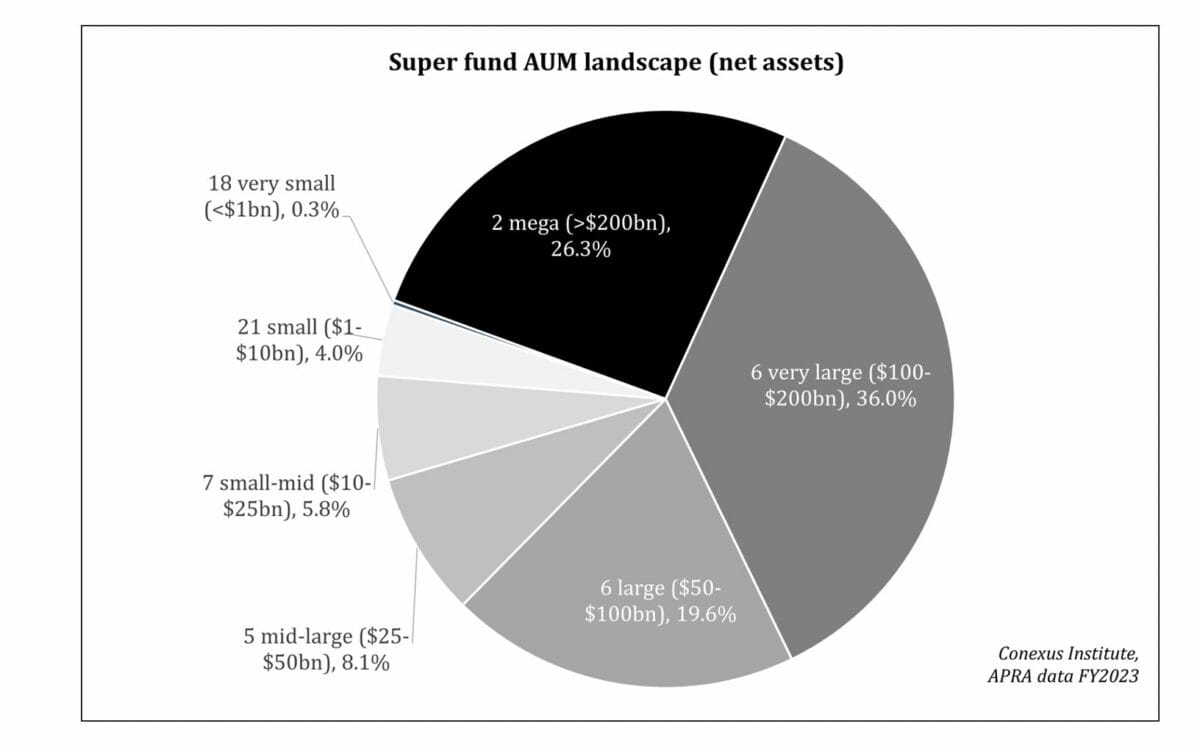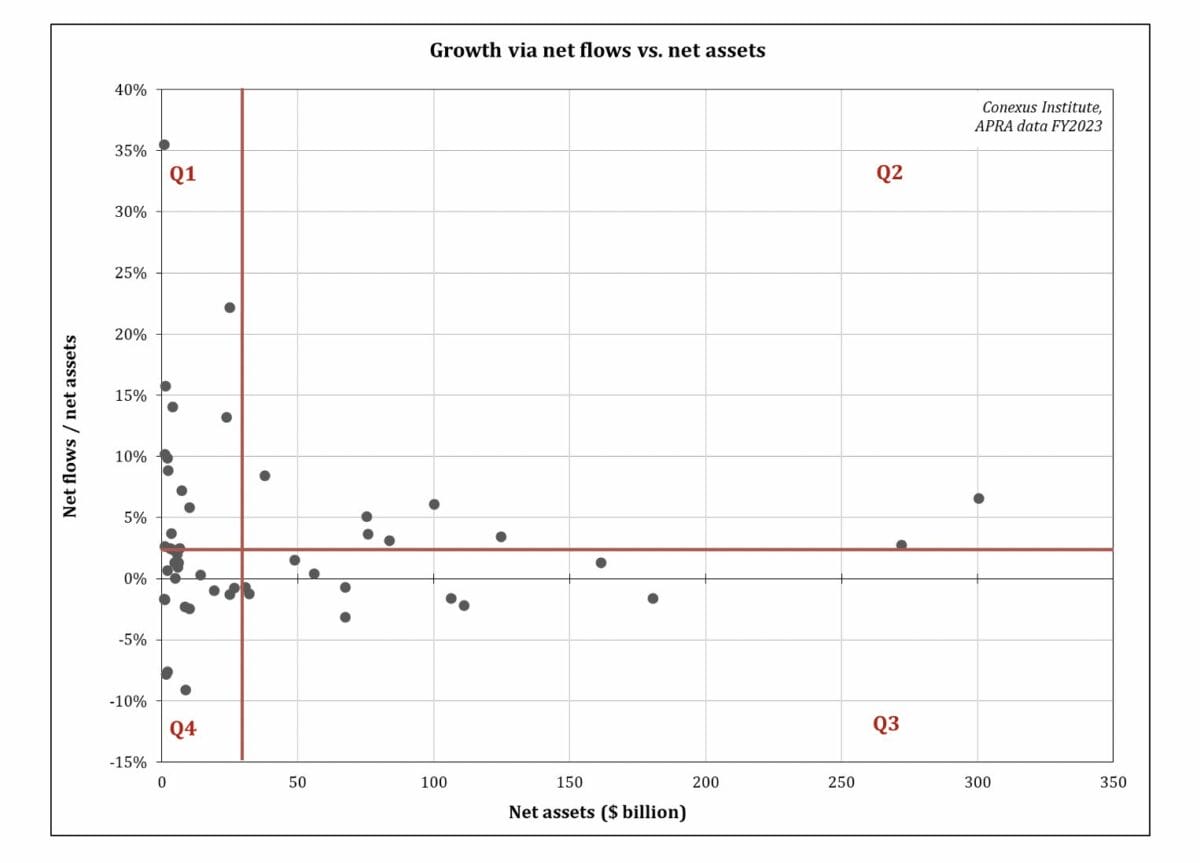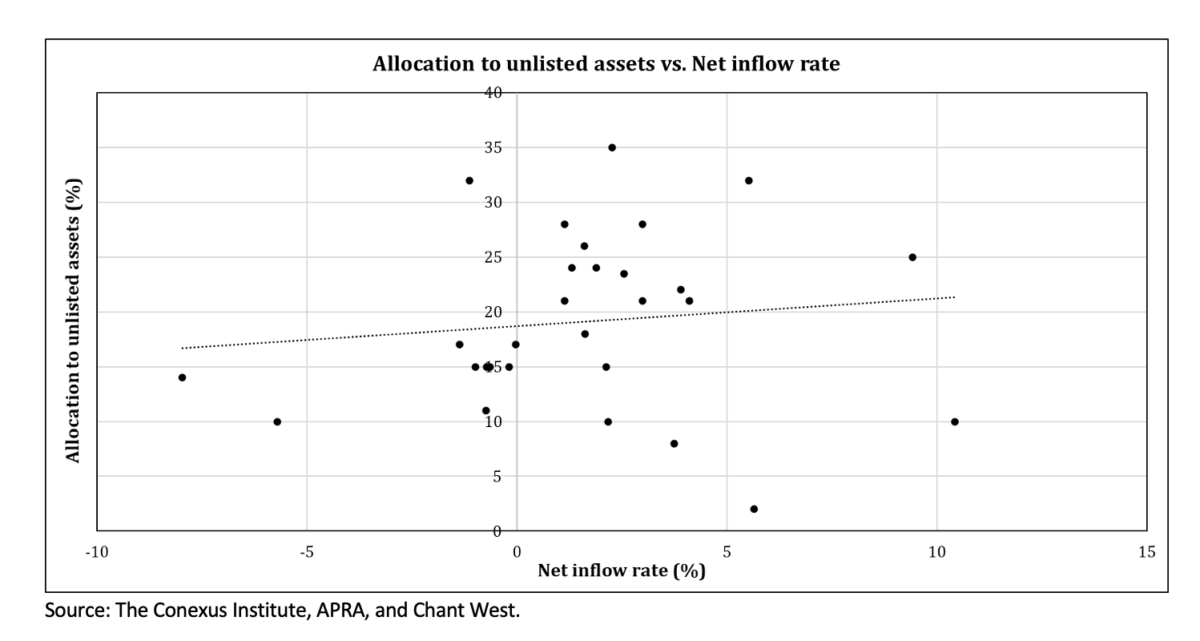A recent paper “Innovation Unleashed: The Rise of the Total Portfolio Approach” published by the Chartered Alternative Investment Association proposes a new approach to institutional investment that replaces asset class benchmarks with total portfolio outcomes. Hallmarks of the process include measuring success based on total fund returns rather than relative value in relation to benchmarks, and using factors to achieve diversification rather than asset classes.
Canada’s CPP Investments’ Derek Walker and Geoffrey Rubin, two contributing authors of the paper which includes insights from Australia’s Future Fund, New Zealand Superannuation Fund and GIC, Singapore’s sovereign wealth fund, provide specific detail of their factor approach in one section of the paper.
“We believe the factor-based approach, when implemented thoughtfully, provides greater transparency to underlying portfolio drivers and more effective tools for portfolio management,” write Walker and Rubin.
“A total portfolio approach is critical to how we at CPP Investments contribute to the sustainability of CPP,” they explain, continuing that diversification is the most important lever to control risks and influence returns, and looking at assets through a factor lens helps achieve a well-diversified portfolio.
Broad asset class labels like equities or real estate do not sufficiently capture the underlying drivers that influence the risk and return of investments, but analysing the more fundamental and more independent return-risk factors that underlie each investment strategy can. CPP Investments considers return-risk factors like economic growth, rates and credit spreads, they continue – for example, private equity is considered “high intensity” exposure to economic growth.
CPP Investments total portfolio investment framework (TPIF) reflects the full scope of investment activity at the fund. Underpinning these components is a factor view of the portfolio. At a high level, the TPIF framework consists of the following components:
Firstly, it involves setting risk targets drawn from information including the actuarial report and the investor’s own own internal risk and return expectations to estimate and express the level of market risk.
Secondly, the process involves setting exposure targets, determining the mix of factor exposures that maximises risk-adjusted return over a long horizon, robust to different macroeconomic environments.
Next the team set strategy targets. This involves modelling and mapping investment strategies onto the factor set – these representations are then consistently used through TPIF.
For example, modelling will capture different characteristics of the asset class like the fact real assets such as property and infrastructure both have exposure to economic growth and rates, while private and public investments may appear to be fundamentally similar, but their liquidity profile is materially different as are their leverage and debt levels. In this stage of the process, the team also recognise the additional expected risk and returns of active management.
The final step of the process draws together strategic allocation with day-to- day management. Using the factor lens, the team analyse how major new investments or divestments might affect the exposures of the total portfolio. “As markets and security prices change, we use our passive holdings of public market securities to rebalance our portfolios and seek to avoid unintended factor and risk exposures.”
TPIF also separates the management of foreign currency exposures from the management of the underlying assets. This permits the team to target the distinct return risk drivers of currencies.
Complexity challenges
The factor-based approach brings additional challenges above and beyond a traditional asset class-based approach. These include complexity, the risk of model error, and vulnerabilities to shifting macroeconomic relationships. Using factors to model private assets is challenging, and there are also limits on precision and robustness of the strategy, they write.
However, the duo argue that as we move to a less certain world, investors need to continue to evolve factor-based investment frameworks. Increased and more volatile inflation and emerging risks like climate change – like the need for analysis on the sensitivity of return on capital allocation choices to different climate change pathways – and geopolitical instability, are now coming to the fore.
“We believe that consideration of these types of emerging factors at the strategic allocation level and in the service of building a more resilient portfolio is important for institutional investors with diversified global portfolios.
We believe the factor-based approach when implemented thoughtfully provides greater transparency to underlying portfolio drivers and more effective tools for portfolio management.”
Listing key lessons, they write:
- Establish a prudent and appropriate market risk appetite.
- Determine the return/risk factors relevant to your program.
- Map each investment strategy to your risk factor set.
- Build and rebalance your portfolio based upon optimal factor exposures, not asset classes.
- Consider adding new factors as the markets evolve.


